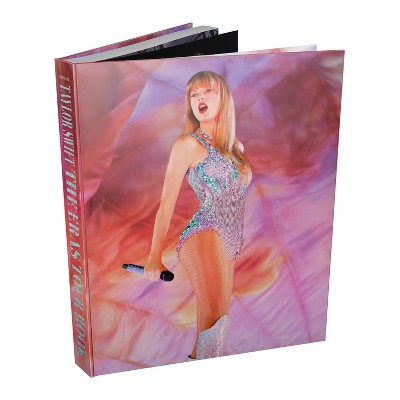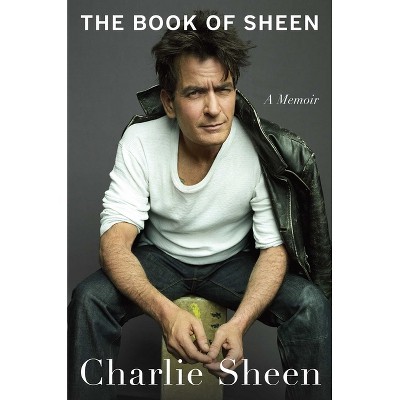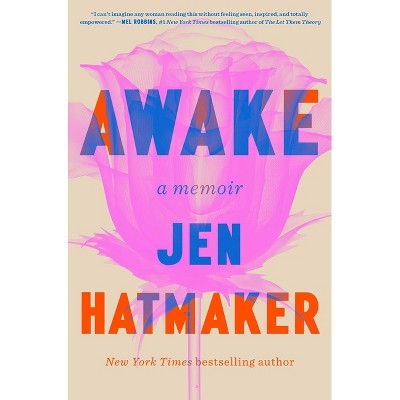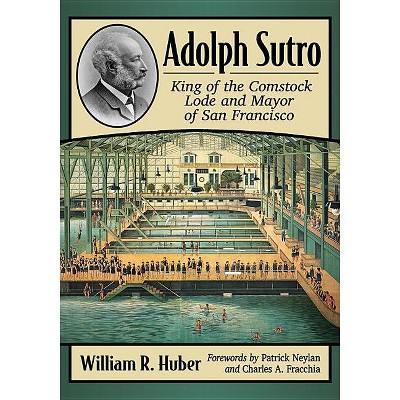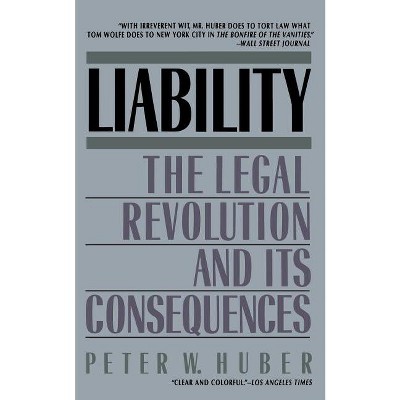About this item
Highlights
- While most know Thomas Edison for his invention of the light bulb, his counterpart, George Westinghouse, is too often overlooked.
- About the Author: William R. Huber worked at Bell Telephone Laboratories and other major American technology companies before becoming an expert witness in patent litigation cases.
- 291 Pages
- Biography + Autobiography, Business
Description
About the Book
"While most know Thomas Edison for his invention of the light bulb, his counterpart of the generation, George Westinghouse, is too often overlooked. Westinghouse, however, became known as one of the most prolific inventors and businessmen of the Industrial Revolution. In this biography, get to know the man whose teachers suspected was mentally disabled and quit college after one semester, yet founded more than 60 different companies employing 50,000 people and received 361 U.S. patents. Westinghouse later fought the "Battle of the Currents" with Thomas Edison and won. He, with his engineers, provided power and light for the "Great White City," the 1893 World's Columbian Exposition in Chicago. They harnessed the massive power of Niagara Falls and sent it over wires to light Buffalo and eventually the Northeast. His electric engines powered trains, and his air brakes stopped them. Through this book, understand how Westinghouse's scientific contributions shaped and forever changed the world"--Book Synopsis
While most know Thomas Edison for his invention of the light bulb, his counterpart, George Westinghouse, is too often overlooked. Westinghouse, however, became known as one of the most prolific inventors and businessmen of the Industrial Revolution. This biography reveals the man whose teachers suspected was mentally disabled and who quit college after one semester, yet founded more than 60 different companies employing 50,000 people, and received 361 U.S. patents. He later fought the "Battle of the Currents" (AC vs. DC) with Thomas Edison and won. Westinghouse, with his engineers, provided power and light for the 1893 World's Columbian Exposition in Chicago. They harnessed the massive power of Niagara Falls and sent it over wires to light Buffalo and eventually the Northeast. His electric engines powered trains, and his air brakes stopped them. His scientific contributions forever changed the world.
Review Quotes
"Excellent...filled with evocative pictures, maps and detailed diagrams...Huber unfolds a richly textured story about how one man's persistence almost invariably paved a successful path to solving daunting problems."-Pittsburgh Post-Gazette
"Huber is a Pittsburgh native and clearly an admirer of Westinghouse, his contributions to Pittsburgh, and his relatively humane treatment of employees. Huber writes well: compared to the previous biographies, this one is better illustrated and more informative.... The detailed, illustrated appendixes included in the book will assist readers wishing to understand Westinghouse's technical accomplishments...recommended"-Choice
"Thoroughly researched and well written...It remains for you, the interested and curious reader, do delve into your own copy of this engrossing book to discover the man who, it is no exaggeration to describe, was exceptional in all ways and who so benefitted and made better the world for those who would come after him-thee and me included!"-Speed Readers
About the Author
William R. Huber worked at Bell Telephone Laboratories and other major American technology companies before becoming an expert witness in patent litigation cases. He lives near Pinehurst, North Carolina.Shipping details
Return details
Trending Biography & Autobiography

